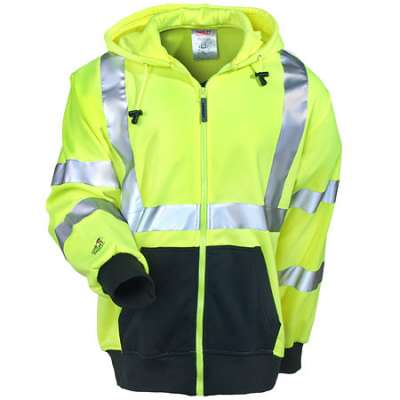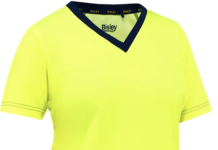1. Who wears ANSI/ISEA Clothing?
The answer to this question can be found in ISEA/ANSI 107-2004 Appendix B for the appropriate class of apparel.
2. Who are ISEA and ANSI?
ISEA is short for International Safety Equipment Association and the American National Standards Institute’s acronym is ANSI. ISEA is both the trade association for and publishes and develops the standards for suppliers in the United States of safety and personal protective equipment. ANSI administers the voluntary standardization of this equipment in the US.
3. What are required standards for Classes 1-3 and E apparel?
Any apparel that fits into this classification has to meet minimum requirements for the amount of material in it that is both retroreflective and containing a certain percentage of background material.
4. Are there differences between Classes 1-3 and E apparel?
Class 1 has to have a certain amount of material that at minimum distinguishes the worker from the work environment. Class 2 has to have a much higher visibility than the Class 1 apparel. The coverage for the Class 2 includes the torso area that is not included in Class 1. Class 3 gives all over visibility through a range that is wide pertaining to body movements. Retroreflective materials are added on the arms and legs in this classification. Background materials are also added to this classification. When speaking about Class E apparel, this speaks about trousers and shorts which creates a high visibility profile for a worker. When you combine Class E pants or trousers with Classes 2 or 3 tops, it is considered to be a Class 3 ensemble.
5. Level 1 or 2 Taping – What Does That Mean?
This is speaking about the brightness and reflectivity of taping. For example, a Level 2 taping can be seen in car headlights after dark while Level 1 doesn’t have that same brightness and contrast after dark.
6. Is headwear included in ISEA/ANSI protocols?
The answer is yes, there are ISEA/ANSI requirements for compliance in headwear. This is a very important accessory for a worker and also allows him or her to be seen. The enhancement of visibility during daylight hours and during nighttime hours is vital. This allows them to be seen easily no matter what the conditions are where they are working.
7. Contiguous 360 degree visibility – What is that about?
This stricture basically states that all Classes 1, 2 and 3 all have visibility standards for a full 360 degrees. It also means that retroreflective materials have to enclose the torso of the worn garment to be compliant with ANSI strictures.
8. How is testing done to be ANSI compliant?
Any garments bearing high visibility have to be tested as well as certified by a third party laboratory that is independent of ANSI. Once the article of clothing passes testing, a certificate will be issued stating compliance with regulations. Testing can include colorfastness, photometric performance, background color testing and burst/tear strength.
9. Are there requirements specified by ISEA/ANSI for placement of reflective materials?
Yes, different requirements do exist for the placement of retroreflective materials. Specifics include bands of retroreflective materials on torsos, legs and full length sleeves of each garment.
10. Can you tell me how the different classes are determined?
ISEA is the one that makes the determination of the different classes. Some of the categories are based on work environment complexity and color, worker separation from moving vehicles and equipment, tasks that the worker is doing and other variables.
11. What does all the information on the label of the garment mean?
In addition to the regular labels of caring for the garment, ANSI requires labels designating both the class of the garment in question but also a picture that states the classification of retroreflective materials and performance classifications.




